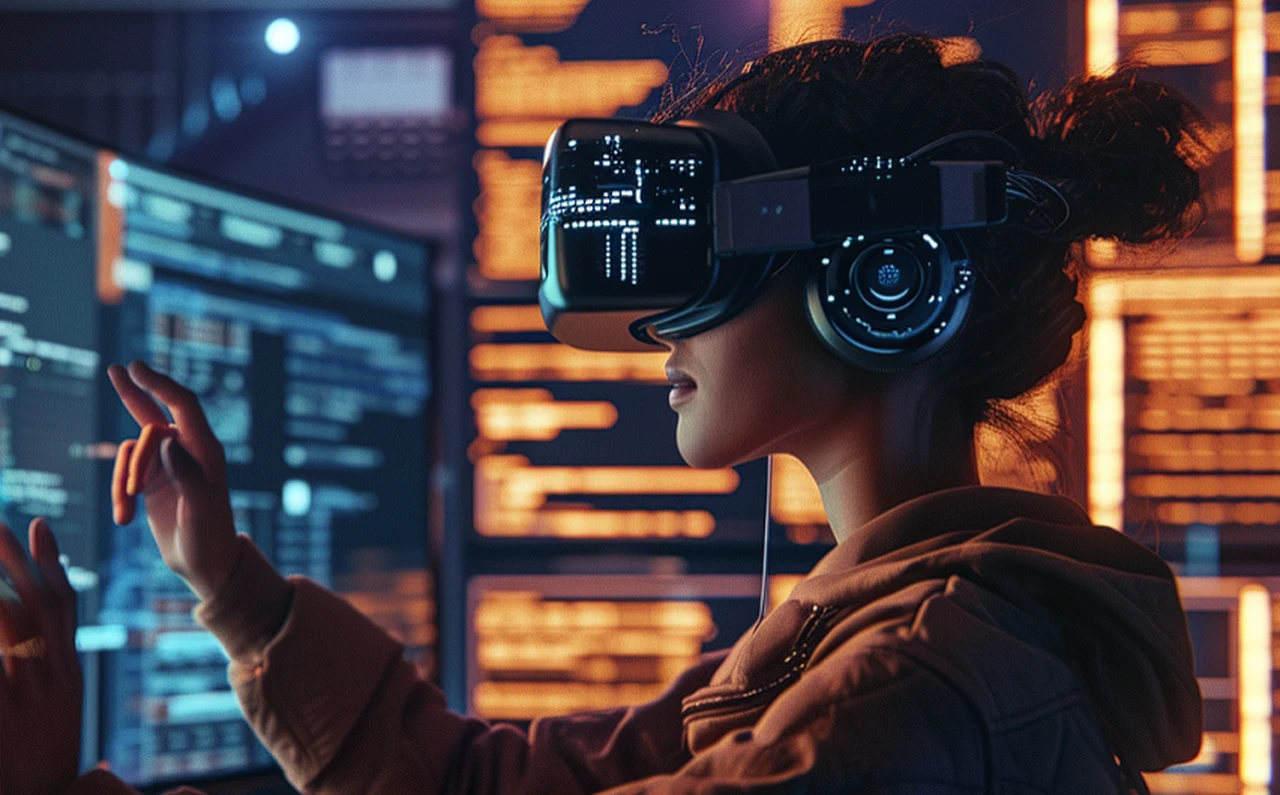
If you have ever wondered whether you would be able to code effectively in a virtual reality environment or virtual studio you might be interested in a quick overview created by Software engineer Chris P. With a decade and a half of coding experience under his belt, Chris decided to test out whether the Meta Quest 3 one of the latest virtual reality headset that’s trying to push virtual reality into the mainstream can be used to effectively code in VR.
His journey into the realm of virtual reality offers us a glimpse into the potential of VR in professional settings, particularly for developers and programmers that might be considering how they can use the new Apple Vision PRO spatial computing headset that will be available to preorder in a few days time from Apple with shipping commencing on February 2, 2024
Chris’s initial impressions of the Meta Quest 3 were positive, noting its comfortable fit and light weight, which are crucial for extended use. However, he did encounter some issues, such as the design of the head strap, which could be improved. One of the most significant features of the Quest 3 is its wireless capability, which eliminates the mess of cables that often accompanies traditional VR setups.
Coding in VR using the Meta Quest 3 headset
When it came to integrating the Quest 3 into his coding routine, Chris found the process to be straightforward. The headset connects to a PC with ease, thanks to the Quest Link feature, which is vital for developers who rely on powerful PC software. But Chris’s venture into VR coding wasn’t without its challenges. For instance, not being able to see his physical keyboard and mouse was a hurdle, and the bright white background of the virtual environment was more of a distraction than a help.
Here are some other articles you may find of interest on the subject of coding :
To address these issues, Chris turned to the Virtual Desktop application. This service, which requires a fee, allows users to create a personalized virtual workspace. Chris discovered that being able to change his virtual surroundings could actually improve his mood and productivity. However, he also experienced some latency with the app, which can be a significant disruption when coding. He emphasized the need for a strong Wi-Fi or wired ethernet connection to minimize these issues.
Chris also experimented with the Meta Workrooms app but found it fell short of providing a seamless VR office experience. He believes, though, that VR holds a lot of promise for the future of coding, even if it’s not quite ready for prime time, especially for tasks that require a high degree of precision.
For those who are skeptical about virtual reality, Chris suggests keeping an open mind and giving it a try. While the technology may have its shortcomings now, experimenting with it can offer insights into what the future of computing might hold and could even lead to new ways of digital interaction.
The Meta Quest 3, with its comfort and wireless design, represents a step forward in VR technology. However, applying this technology to coding presents some significant challenges. As VR and augmented reality (AR) continue to evolve, we can expect more refined solutions that will address these issues, paving the way for more immersive and effective computing experiences.
Filed Under: Guides, Top News
Latest timeswonderful Deals
Disclosure: Some of our articles include affiliate links. If you buy something through one of these links, timeswonderful may earn an affiliate commission. Learn about our Disclosure Policy.
